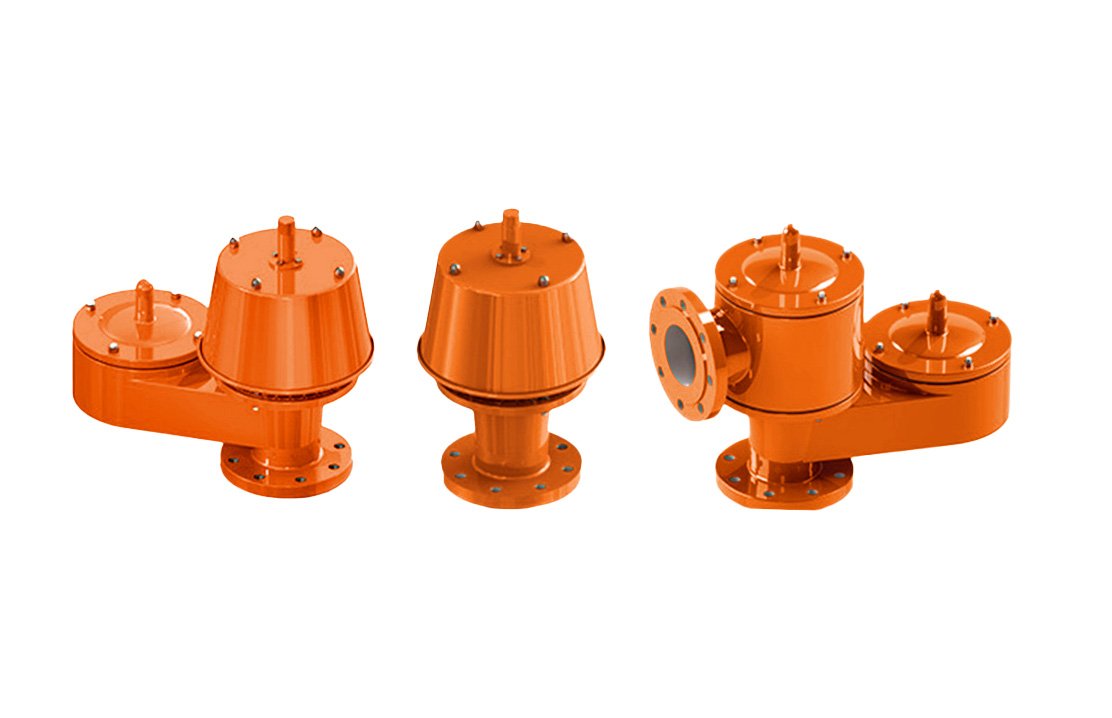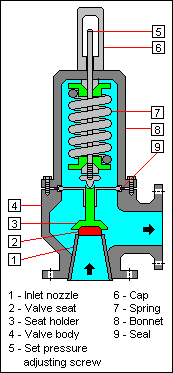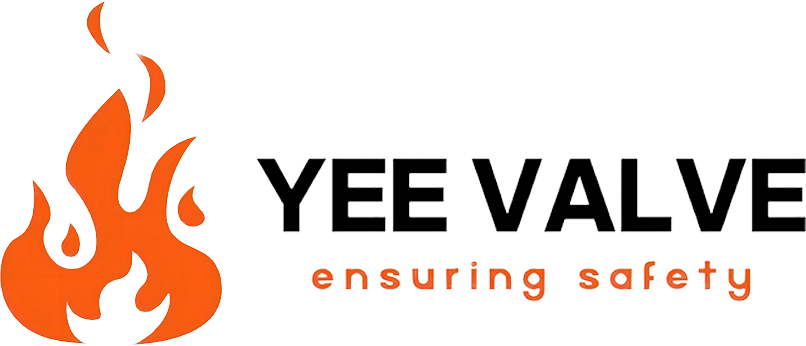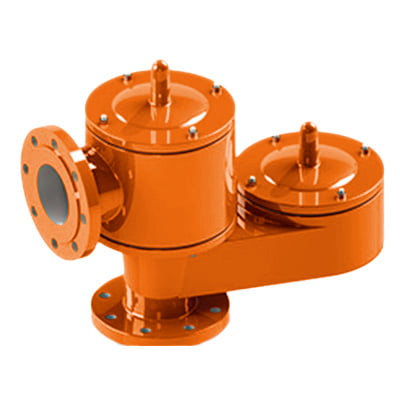We all know choosing the right valve is important to ensuring safety and efficiency for the industrial production process. Breather valves and pressure relief valves (PRVs) are two commonly used valves that are often confused due to their similar functions. This article will give you a quick understanding of the differences between a breather valve and a pressure relief valve.
Breather valves and pressure relief valves (PRVs) are crucial for maintaining safe pressure levels in industrial systems. While both prevent excessive pressure buildup, but
Breather valves primarily manage both pressure and vacuum in sealed containers, using weight-loaded or spring-loaded pallets.
PRVs are designed to relieve excess pressure in a system by opening at a predetermined pressure point, protecting equipment from potential damage.
What is the Difference Between a Breather Valve and a Pressure Relief Valve?
In many cases, the breather valve is also referred to as pressure/vacuum relief valves. Let me explain that there are many different terms with the same name, but the valve type and function are completely different. The so-called pressure relief valve here is mainly a conventional pipeline pressure relief valve, which controls the valve pressure relief point through the preset force of the spring. Of course, the breather valve will also use spring-load when the pressure or vacuum negative pressure is relatively high. So here we compare the difference between the breather valve and the general pressure relief valve.
Дыхательный клапан

Функция
Breather valve, the other term is called Pressure/Vacuum Relief Valve (PVRV), is designed to protect tanks and vessels from excessive pressure and vacuum conditions. It allows a controlled flow of gas in and out of the tank to balance internal and external pressure during normal operations like filling and emptying.
Operation
The valve operates by opening when the pressure inside the tank exceeds a certain threshold, releasing excess pressure (venting), or when a vacuum is detected, allowing air to enter the tank. This prevents damage to the tank caused by pressure fluctuations.
Приложения
Commonly used in storage tanks for volatile liquids to minimize the loss of vapors and prevent structural damage to the tank.
Pressure Relief Valve
A pressure relief valve (PRV) is a type of safety valve used to control or limit the pressure in a system. If the pressure in the system gets too high, it could cause a process upset, instrument or equipment failure, explosion, or fire.
Функция
A pressure relief valve is primarily designed to prevent excessive pressure in a system that could lead to catastrophic failure or explosion. It is a safety device that opens at a predetermined set pressure to allow excess pressure to escape.
Operation
PRVs open fully to discharge excess pressure from the system when the pressure exceeds the valve's setpoint. Once the pressure is reduced to safe levels, the valve closes to stop the flow.
Приложения
PRVs are used in various systems like pipelines, reactors, and pressure vessels where overpressure conditions could lead to equipment failure or safety hazards.

Key Differences
Functionality
Breather valves control both pressure and vacuum in a tank, maintaining safe operating conditions during normal tank operations. Pressure relief valves are primarily safety devices that prevent overpressure by releasing excess pressure in emergency conditions.
Set Points
Breather valves have set points for both pressure and vacuum, typically operating at much lower pressure differentials.
PRVs are typically set to higher pressures to prevent overpressure conditions that could cause system failure.
Application
Breather valves are typically used in atmospheric storage tanks, whereas pressure relief valves are used in a wide range of pressurized systems where overpressure must be strictly controlled.


Дыхательный клапан и клапан сброса давления PRV
Мы все знаем, что выбор правильного клапана важен для обеспечения безопасности и эффективности [...]
август
Процедура проверки дыхательного клапана
В системах промышленных резервуаров дыхательный клапан является ключевым компонентом, гарантирующим [...]
август
3 простых шага для быстрого выбора правильного дыхательного клапана
YeeValve — специализированное подразделение THINKTANK, производящее дыхательные клапаны. Мы предлагаем бесплатную консультацию [...]
август
Service & Technical Support
1. Техническая поддержка Yee Valve предлагает экспертные рекомендации по выбору, установке и техническому обслуживанию клапанов. Клиенты [...]
Может
Контрольный список заказа
Когда вы делаете заказ в Yee Valve, вам следует выполнить следующие действия [...]
Может
Как подобрать размер дыхательного клапана?
Чтобы правильно подобрать размер дыхательного клапана, выполните следующие действия: Шаг 1. Определите характеристики резервуара Измерьте [...]
Может